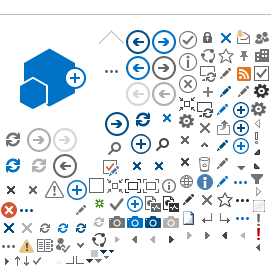Phosgene is a notorious WWI poison gas, accounting for around 70 000 deaths. Today, phosgene is an important industrial chemical with an annual production of around 2 Mt. It is used to produce pesticides, medicines and polyurethane foams. Frank Tambornino's research group at University Marburg, Germany, had wanted to learn more about its structure using neutron techniques but had been rejected by other institutions without consideration due to difficulty of handling this material. Until they came to ISIS…
“The Sample Safety Team and Sample Environment teams constantly seek to enable complex and high hazard experiments," explains Chris Lawson, ISIS Sample Environment group leader. “With close collaboration between the ISIS teams and the user we are able to perform the experiments safely and obtain excellent data."
The experiments took a year of careful planning between the users, staff from the two beamlines involved and the Pressure and Furnace, Electronics Support and Sample Safety teams. While at ISIS, the users were able to make two different polymorphs of phosgene, each requiring different complex sample environment to produce, one of which is metastable and had not previously been characterised.
During these experiments, the results of which have now been published in Angewandte Chemie, they used diffraction on HRPD to elucidate the crystal structures of both polymorphs. This included the first characterisation of the metastable β-phosgene phase. The team used Tosca to measure the first solid-state vibrational spectrum of phosphene, which showed an unusual result.
“We used inelastic neutron scattering because of its distinct advantages over Raman or IR spectrometry. It allowed to observe the low-energy bands and, to our surprise, found they were separated, which is a rarity for molecular compounds," explains Frank Tamborino from University Marburg. “We were only able to discover these unexpected properties because the teams at ISIS were so willing to support the complex requirements of this experiment."
To highlight how collaborative work at ISIS enables complex, potentially hazardous and difficult experiments at ISIS team members from Sample Safety and Sample Environment are working together on a paper that will describe the procedures that were used to enable the work to be done safely. Watch this space!
The full paper can be found at DOI: 10.1002/ange.202517323
